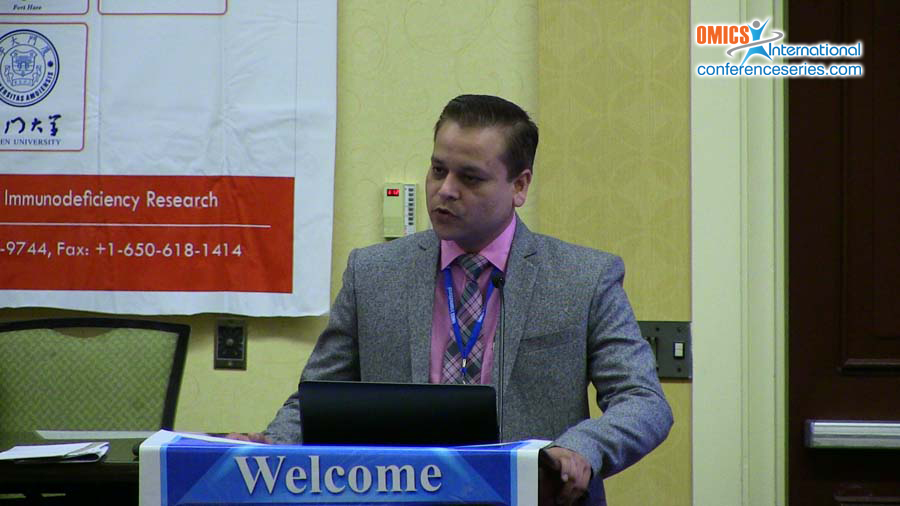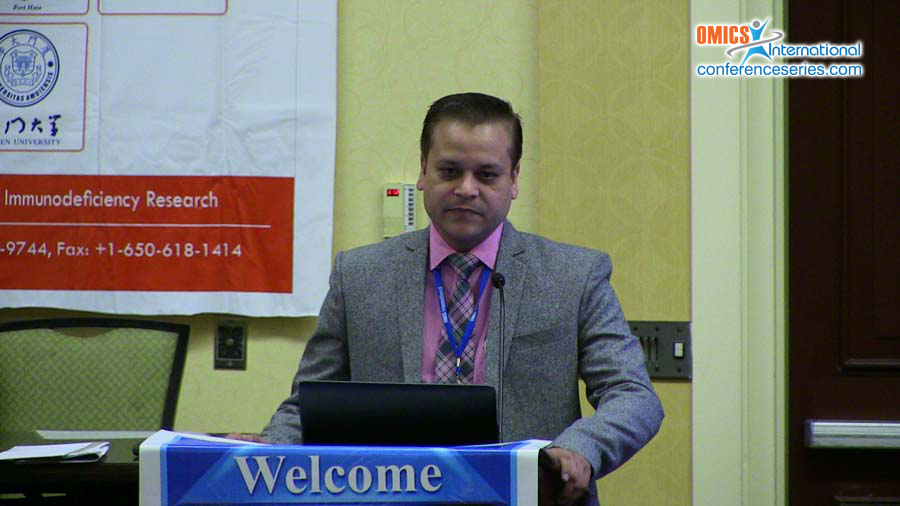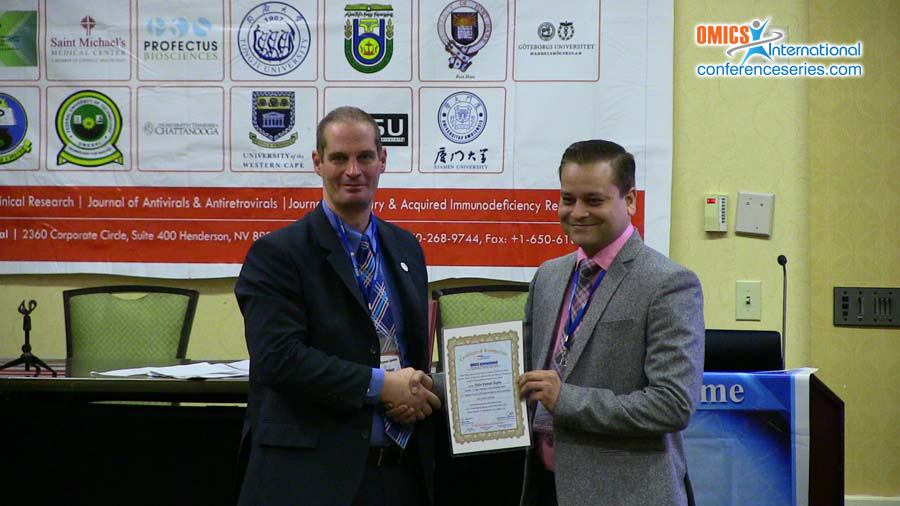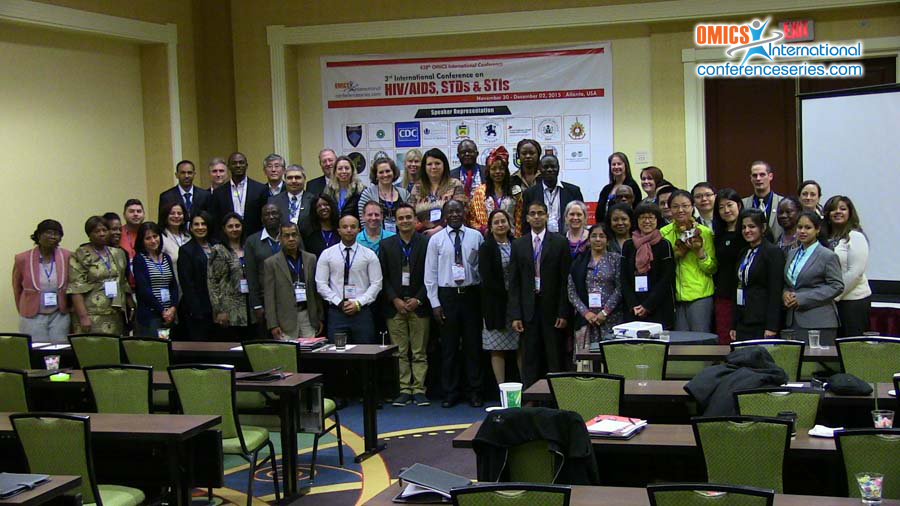Pulin Kumar Gupta
PGIMR, Dr Ram Manohar Lohia Hospital, India
Title: Vitamin D levels in HIV infected patients and its correlation with severity of disease
Biography
Biography: Pulin Kumar Gupta
Abstract
Objectives – To assess the levels of vitamin D in patients with HIV infection and to correlate them with measures of disease severity. Methods – 170 HIV positive patients (on ART & ART naïve) in different stages of disease were recruited from ART Centre PGIMER, Dr RML Hospital. Patients on any drug or illness affecting vitamin D/calcium metabolism were excluded. It was a cross sectional observational study over 68 weeks where patients were divided into 3 group (according to CD4 counts) and 25-OH vitamin D levels (deficiency < 20 ng/ml & insufficiency 21-29 ng/ml) were measured. Result – Out of 170 HIV positive cases [134 males (78.8%)] and 36 females (21.2%)], 93.53 % of patients were vitamin D deficient (i.e. 25-OH vitamin D < 20 ng/ml) & 5.30% had vitamin D in insufficiency (range = 20-30 ng/ml) hereby showing that 99% of these patients had hypovitaminosis-D. The mean vitamin D levels in the study group was 11.26 ± 5.49 ng/ml ranging from 3.44 to 31.20 ng/ml and vitamin D levels decreased as the CD4 counts decreased showing a direct relationship (although statistically non significant) between vitamin D levels and the level of immunodeficiency. Similarly the mean vitamin D levels in patients who were on ART was 11.54 ± 5.97 ng/ml and higher than in those who were ART naïve(10.45 ± 3.63 ng/ml). No correlation could be established between vitamin D levels and type or duration of ART. Patients with longer duration of illness or AIDS (associated OIs) had lower 25-OH vitamin D levels. Conclusion – Levels of 25-OH Vitamin D are relatively higher in patients with higher CD4 counts and patients on ART (probably because of decreasing viral load), but no direct relationship between these factors could be ascertained. The prevalence of vitamin D deficiency (94%) and insufficiency (5%) (total 99% ) is very high in HIV/AIDS patients [as compared to General non HIV Population where studies have shown it to be 50-60% in India] As patients with HIV infection are living a longer life due to HAART, low vitamin D levels are a concern since this hormone is associated with immunity, bone health, atherosclerosis, Cardiovascular disease, mental health, cancers, and various other diseases.
Speaker Presentations
Speaker PDFs
Speaker PPTs Click Here




